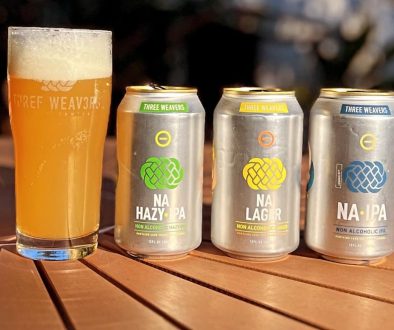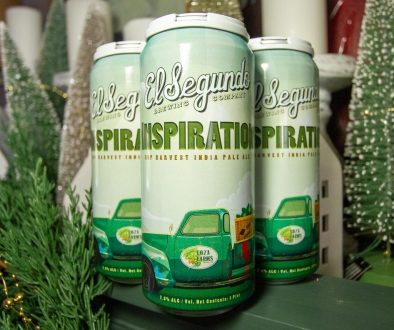Wet Hop Beer – True Seasonality in a Glass
All around the nation right now, brewers are staying up late, patiently waiting for planes and trucks full of freshly picked hop cones to arrive at their doorsteps and be dumped into kettles and hopbacks. That’s right kids, it’s Wet Hop Season.
What hell is a wet hop anyway? What makes them different from the hops brewers normally use? When the vast majority of hops are picked around this time of year, they are not shipped to brewers for immediate use. Rather, they are dried and compressed into pellets. This process has a number of advantages. First, it saves on space. You get a lot more flavor and aroma in a smaller package. Second, it allows those who sell hops to control for consistency across different lots of a single hop variety. In order for brewers to make the same beer the same way over and over again, they have to know that the hops are going to perform similarly. This is especially true of smaller brewers who don’t have the luxury of blending multiple batches of the same beer to maintain consistency. Lastly (and this is the most important), dried and compressed hops degrade at a much slower rate when kept refrigerated.
This last bit of information is what makes wet hop beers worth your attention. If you’ve read my pumpkin beer post, then you know what I think of the mostly contrived concept of seasonality in beer these days. That said, wet hop beers are a big ol’ exception to that general opinion. Wet hop beers can only be made in the Northern Hemisphere once a year. This is so because hops are harvested but once a year in the Northern Hemisphere. Every single hop that isn’t used in a beer within 24 hours of its picking is dried, compressed and used throughout the rest of the year. Those that aren’t get sent directly to brewers in refrigerated vessels for immediate use.
When brewers make wet hop beers, they are capturing an agricultural moment. They are capturing the season and year in which the beers are brewed. They are accomplishing something they are unable to accomplish at any other time of year. They are also accomplishing something that is, in general, quite tasty. When employed to their greatest effect, wet hops impart a bright, intensely green and often resinous quality that beers brewed solely with dried hops simply cannot achieve. Drink these beers whenever and wherever you see them available over the next couple months. You won’t have a chance to for another year.
An important note: there are some brewers, Sierra Nevada among them, that will use the term “Fresh Hop” when describing some of their beers (Celebration Ale, a personal favorite, in Sierra’s case). These beers are not the same as “wet hop” beers. Rather than referring to beers that use hops within 24 hours of picking, “fresh hop” means simply that the beer uses hops that have been processed as usual, but used within close temporal proximity to harvest. That said, in Sierra’s case, they use exclusively whole cone hops. In other words, Sierra’s hops have been dried but not compressed into pellets. You may now consider yourself armed with both an understanding of and an incentive to drink wet hop beers. So get to imbibing!




